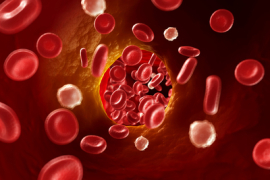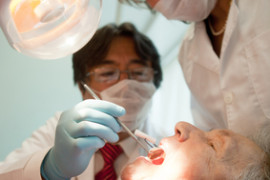An oral pathogen is capable of sabotaging the immune system to promote inflammation for its own survival, according to a 2010 study in Science Signaling.
Porphyromonas gingivalis, an oral bacterium associated with heart attacks, strokes, and rheumatoid arthritis among others, appears to attack the C5 molecule and selectively generates C5a to manipulate white blood cells by undermining the communication between the C5a receptor and TLR2.
Translation: P. gingivalis manipulates white blood cells to impair the ability of the cells to kill the pathogen.
Typically, toll-like receptors (TLRs) notify a white blood cell of bacteria presence and then stimulate the cell to kill the pathogen. C5 usually functions as a weapon for the host, recruiting white blood cells to kill the pathogen.
This explains how a very pathogenic oral bacterium can show up throughout the body. P. gingivalis is found in diseased coronary arteries, arthritic knees, the pancreas, brain, lungs, maxillary sinus, carotid artery, uterus, etc.
Oral pathogens like P. gingivalis have three pathways to impact oral and systemic health:
- They enter us through periodontal pockets
- They release their toxins into our systems
- Our own bodies set off an inflammatory response to both of the above
Oral systemic healthcare professionals often say “What happens in the mouth doesn’t stay in the mouth,” and this study demonstrates exactly how and why this is true.
Source:
Microbial Hijacking of Complement-Toll-Like Receptor Crosstalk



